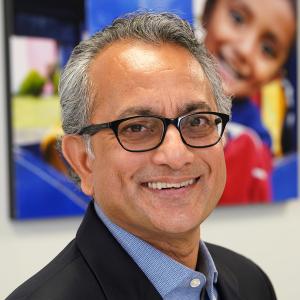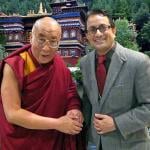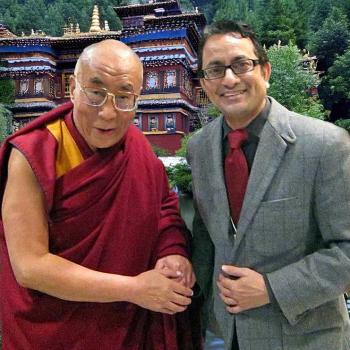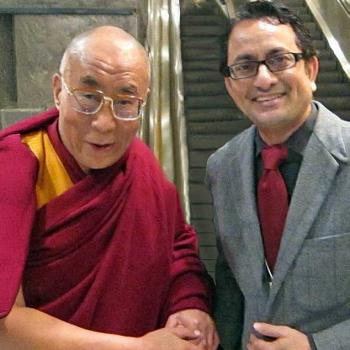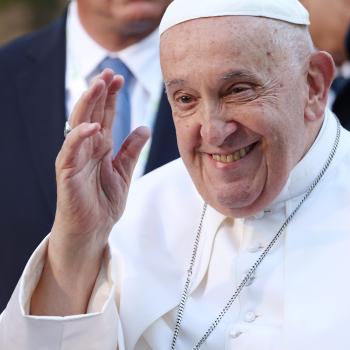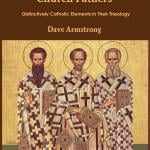
Beyond the Beaches: Faith, Dialogue, and a Changing Brazil
Growing up in Calcutta (now Kolkata), India, my first image of Brazil was shaped by soccer legend Pelé. In a city that lives and breathes the sport, locals often root for Brazil in the World Cup, and murals of Brazilian stars still appear on walls during tournaments—sometimes even for local matches that have no connection to Brazil.
As a child, I pictured Brazil as a land of freedom, democracy, and vibrant culture—beautiful beaches, lively people, and boundless energy. I was also fascinated by its history, especially the 1500 voyage of Portuguese diplomat Pedro Álvares Cabral, who landed in Porto Seguro on his way to India.
Over the years, my view of Brazil has grown more layered. I now see a country of beauty and complexity—shaped by colonial history, economic challenges, and a growing role on the global stage as a founding member of the BRICS movement.
Sightseeing With Purpose
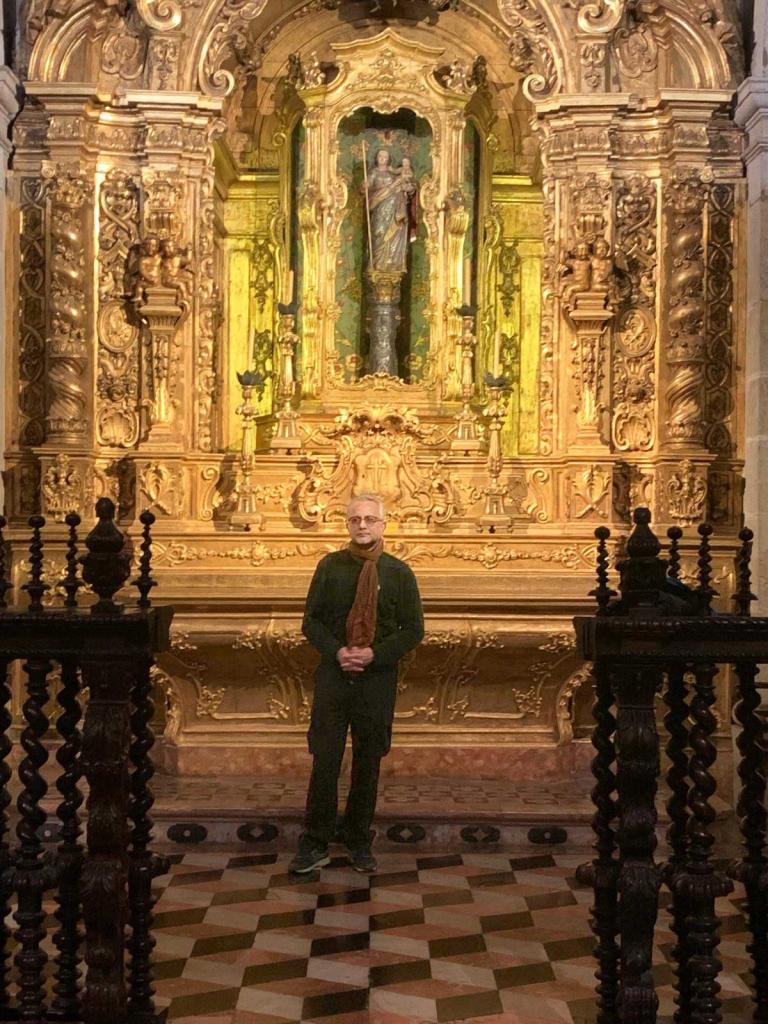
In 2024, I finally visited Brazil with close friends, also making stops in Argentina and Chile. Rio de Janeiro dazzled us with its iconic sights: the colorful Lapa Steps, where I posed with local youth; the Cog Railway up Corcovado Hill to Christ the Redeemer, offering breathtaking views; and the glass cable car to Sugarloaf Mountain, revealing yet another stunning panorama. We strolled Copacabana Beach, enjoyed memorable meals, and on our way to Argentina, marveled at the Brazilian side of Iguazu Falls.
But in my free time, I sought more than postcard views. I wanted to understand Brazil’s cultural and religious heartbeat—its churches, mosques, and synagogues—often overshadowed by images of Carnival.
A Rich Tapestry of Faith
Brazil’s 2010 census offers a glimpse of this diversity: 65% Catholic, 22% Protestant, 8% irreligious, 2% Spiritist, and the rest a mix of Buddhists, Jews, Muslims, Hindus, other Christian denominations, and followers of Afro-Brazilian faiths such as Candomblé and Umbanda. Home to over 123 million Catholics, Brazil has the largest Catholic population in the world. Many Brazilians blend traditions, identifying with more than one faith.
My first stop was the Monastery of São Bento. Founded in 1590 by two monks from Bahia, it became the second religious order in Rio, after the Jesuits, and was elevated to an abbey by 1596. Its gold-laden interior was breathtaking in detail and splendor. Yet amid the grandeur, I felt a familiar sadness, aware that so many in Brazil live in poverty. It’s a contrast I’ve seen in temples and sacred sites in India and other countries with deep socioeconomic divides.

I also sought Rio’s Muslim community, visiting Masjid El Nur (Mesquita da Luz) in the Vila Isabel neighborhood—believed to be the city’s only mosque. When I found it closed, I knocked anyway. Imam Adam Muhammad answered, and we quickly began a warm conversation. He described a small but resilient Muslim community, hopeful for growth.
We spoke of peace, respect, and the urgency of interfaith dialogue in a divided world. While Brazil’s constitution guarantees religious freedom, he acknowledged that Muslims sometimes face discrimination, especially after international crises such as the Gaza conflict. Still, his hope for Islam’s future in Brazil shone through. As I left, he invited me to return—not just to the mosque, but to explore more of Rio’s beauty.
Pushing Back Against Intolerance
Brazil’s diversity is a strength, but it is under strain. Between 2018 and 2023, complaints of religious discrimination rose by 140 percent. On September 15, 2024, practitioners of different faiths marched down Copacabana Beach in support of religious freedom. It was an impressive and moving sight, and a powerful statement at a location famous for frivolity. The march reminded me of the vital role of interfaith dialogue and mutual respect.
Brazil’s challenge—and its opportunity—is to ensure these freedoms endure. My hope is that the government will protect minority communities, and that people of all faiths will deepen their commitment to mutual respect and understanding. Because in the end, the true beauty of Brazil lies not only in its beaches and mountains, but in the courage of its people to live together in peace.


